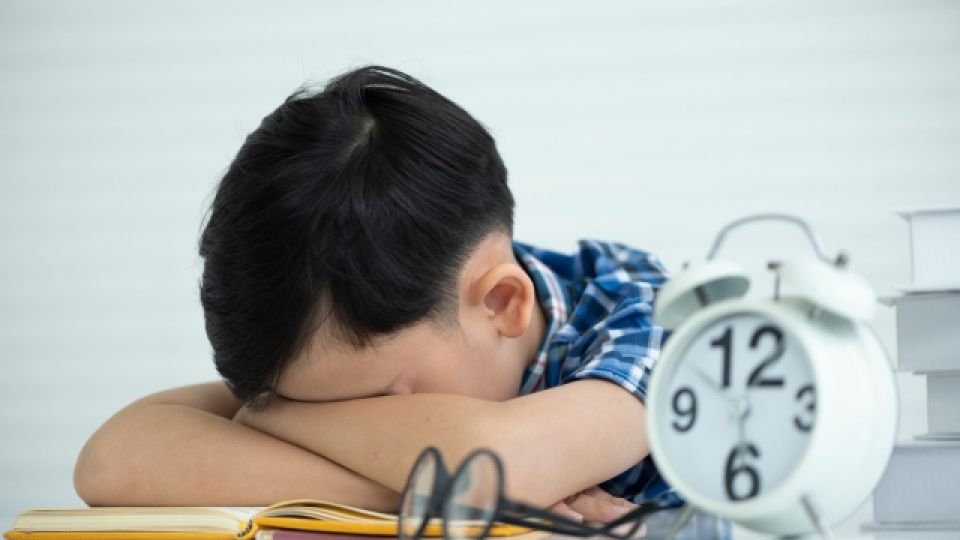September 16, 2024
SEOUL – More South Korean students are experiencing sleep deprivation, fatigue and suicidal thoughts as they spend more time on the internet, a new study showed, fanning concerns about youth mental health.
The findings come despite the government’s five-year health promotion plan for students, which started in 2019 and appears to have fallen short of its objectives aimed at promoting mental health among students.
A recent report released by the National Assembly Research Service shows that the percentage of elementary school students getting the recommended eight hours or more of sleep dropped from an average of 55.4 percent in 2017 to 51.95 percent in 2023. The survey, conducted with some 900,000 elementary students, indicates the decline is particularly noticeable among upper-grade elementary students — fourth to sixth grade — with the rate decreasing from 44.48 percent to 40.4 percent.
Middle and high school students have also shown a continuous drop in getting an adequate amount of sleep. According to a survey conducted among about 900,000 middle and high school students, 25.26 percent of respondents said they slept more than eight hours in 2017. The rate dropped to 20.11 percent in 2023. On average, the students slept 6.21 hours last year, according to the survey.
The report also highlighted a sharp rise in digital device usage among students. In 2017, 22.3 percent of elementary students spent more than two hours a day on games or the internet. This number increased to 29.1 percent in 2019 and peaked at 41.5 percent in 2022, before slightly dropping to 35.5 percent in 2023. For middle and high school students, 76.6 percent reported their screen time exceeded two hours in 2017, which surged to 90.5 percent in 2020 and reached 92.1 percent last year.
Amid increased screen time and reduced sleep, mental health indicators of students such as fatigue and depression have worsened. The percentage of elementary students experiencing fatigue increased from 2.5 percent in 2017 to 3.15 percent in 2023. Meanwhile, middle and high school students showed a similar upward trend in depression rates, with 25.1 percent reporting they experienced depressive feelings in 2017, rising to 26 percent in 2023.
The study also noted an increase in the percentage of middle and high school students reporting suicidal thoughts, which rose from 12.1 percent in 2017 to 13.47 percent in 2023. The rate of suicide attempts among these students also grew, from 3.92 percent in 2017 to 5.26 percent in 2023.
The report raised concerns about policies actively encouraging the use of digital devices in school in South Korea, arguing that such practices could negatively impact students’ mental health.


